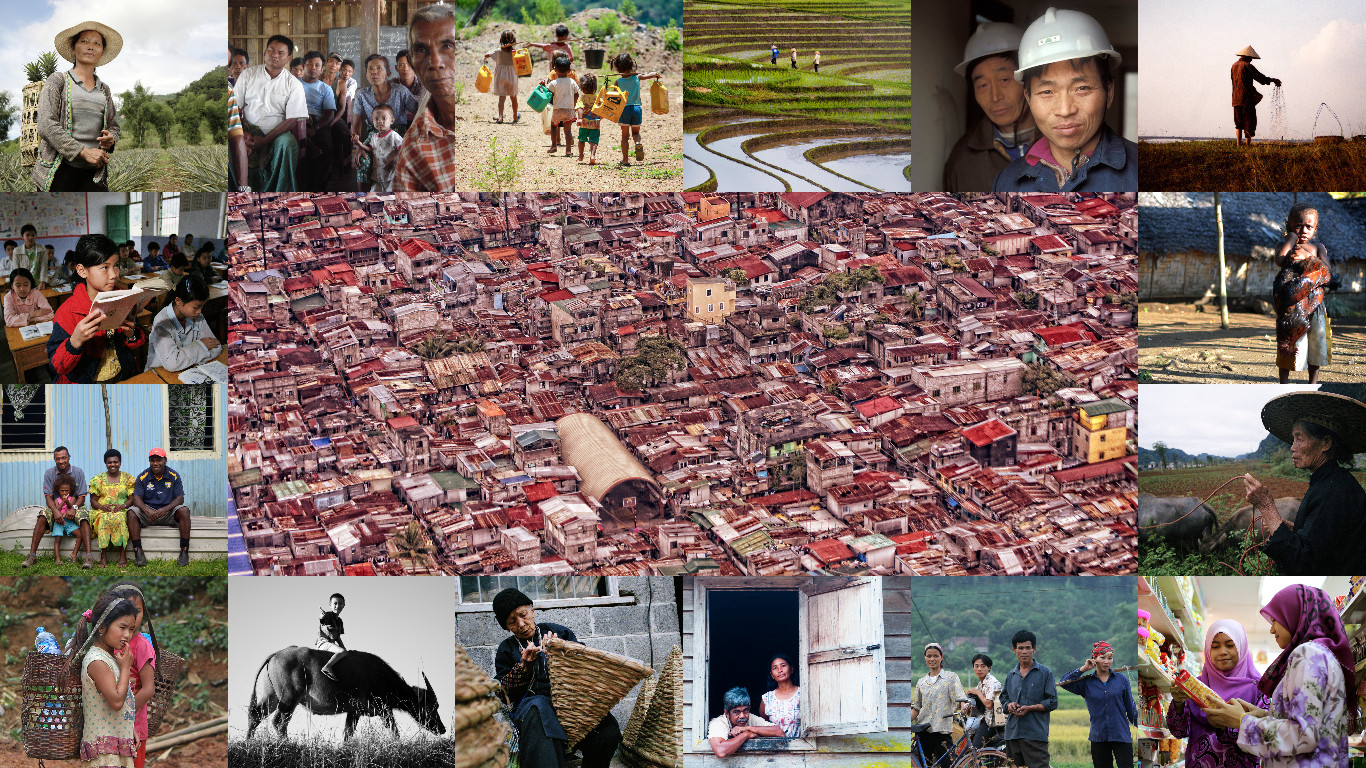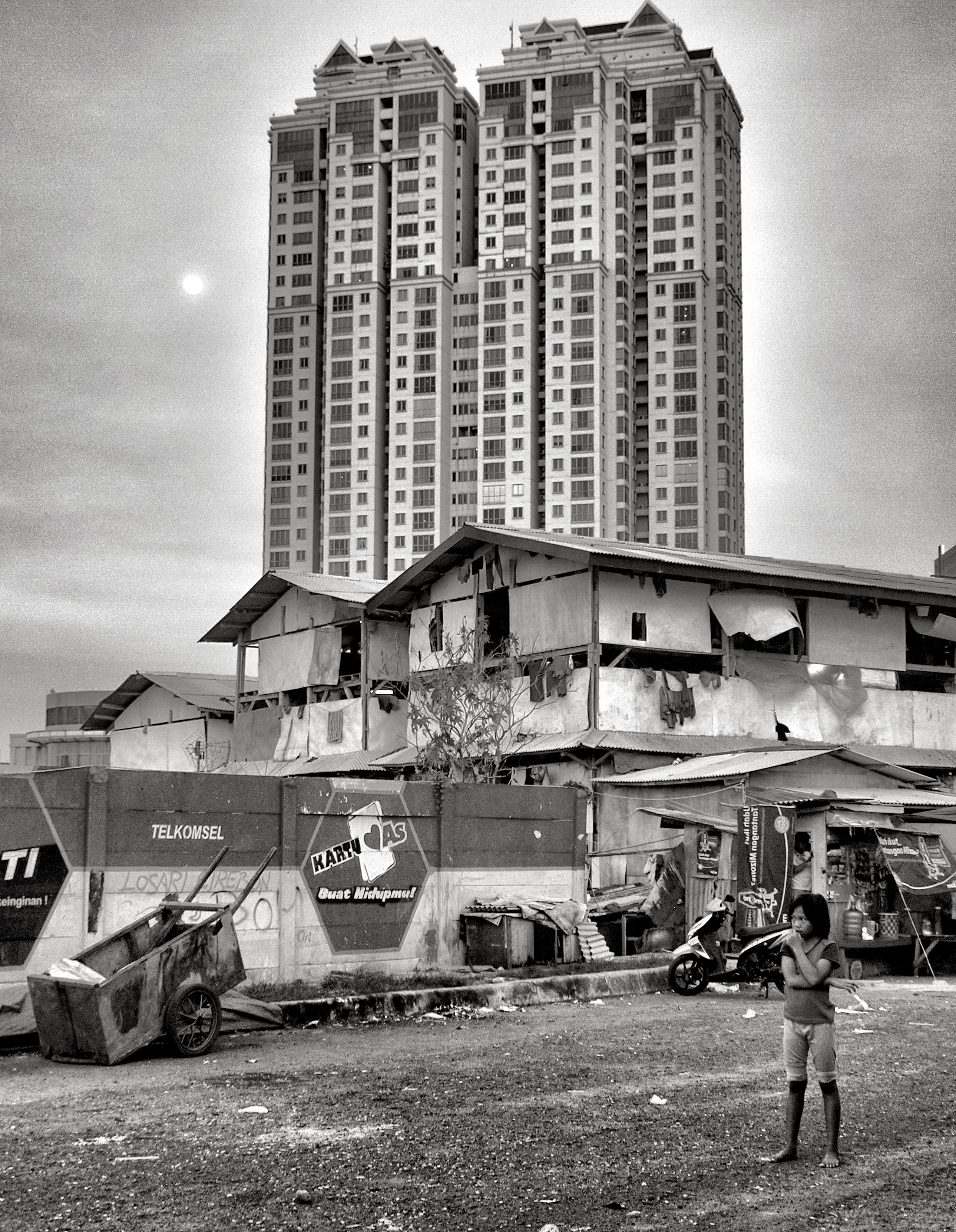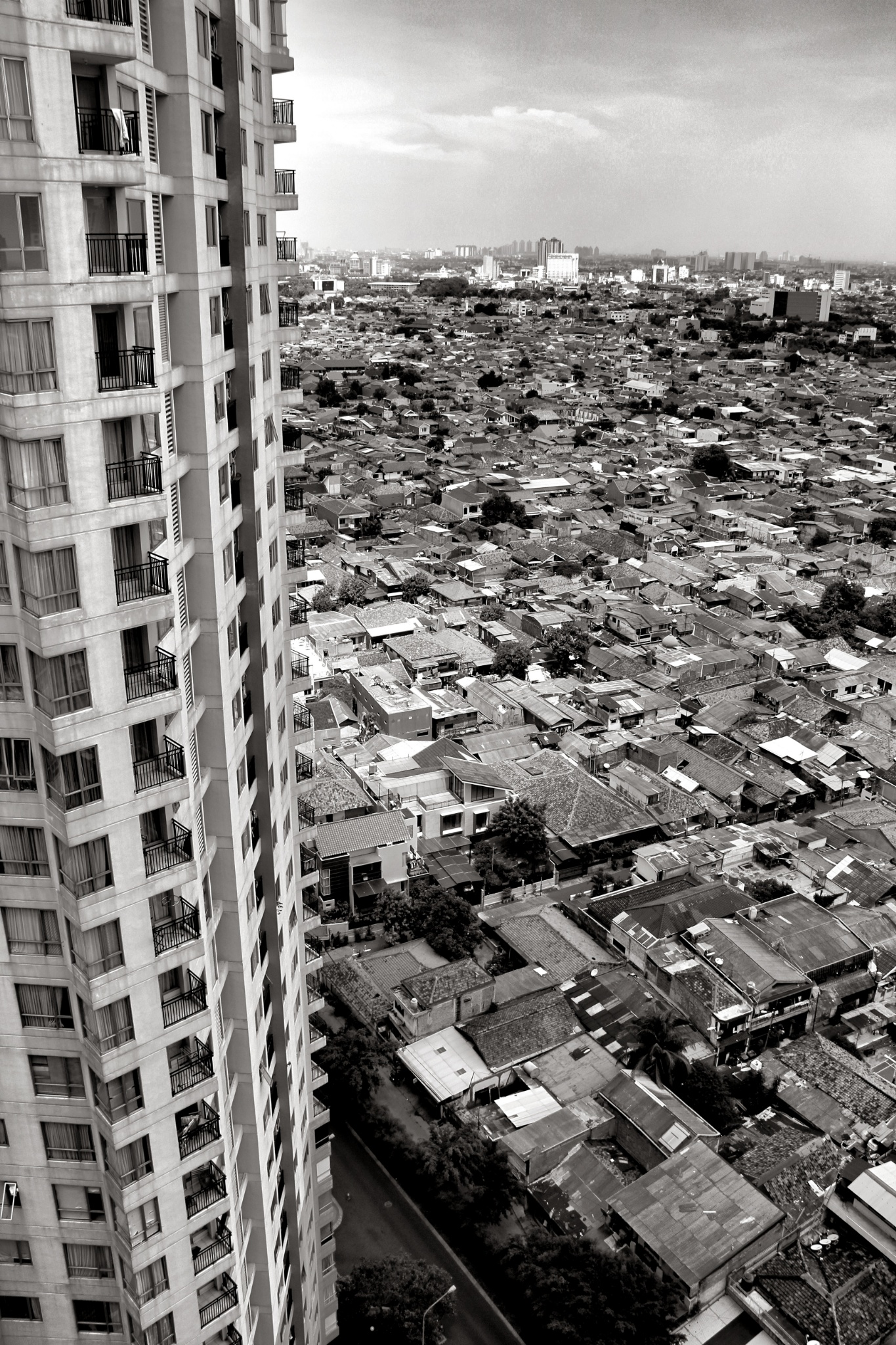
Broadening our view of poverty in the developing East Asia and Pacific region
The World Bank - East Asia and Pacific Team for Statistical Development
October 2019

The World Bank - East Asia and Pacific Team for Statistical Development
October 2019
Outward oriented growth, basic human capital development, and sound economic governance has helped lift almost a billion people in developing EAP out of extreme poverty over the past quarter century. Today, an estimated 26 million people remain in extreme poverty as measured by the International Poverty Line (IPL, $1.90/day 2011PPP), about 1.2 percent of the total population. In the region's more prosperous countries, such as China, Malaysia, and Thailand, extreme poverty rates are less than 1 percent.
As countries have grown economically, the yardstick for measuring extreme poverty based on the International Poverty Line (IPL) has gradually become less relevant to the developing East Asia and Pacific region, which is today comprised of mostly lower and upper middle-income countries.
A larger suite of poverty indicators broadens our view and understanding of poverty. Monitoring poverty using higher standards is increasingly important as countries grow richer, and people's conceptions of poverty and the standards of living they aspire to are much higher. At the same time, poverty is a complex and multifaceted problem. In addition to monetary deprivation, individuals may suffer from lack of access to basic infrastructure, education, and other critical services.

Monitoring poverty at higher poverty lines is important as countries in developing EAP grow richer. A poverty line that is too low can lead to an inaccurate assessment of an individual’s ability to function in society in a socially acceptable manner. Participation in society with dignity may require more goods in a richer country than in a poorer country. As aspirations rise, so should our concepts of minimum standards.
The majority of developing EAP are at least economically secure, but a half billion still live on less. In 2019, 496 million in developing EAP were economically insecure (defined as those living below $5.5/day 2011PPP). The population of economically insecure is nineteen times more than the number of extreme poor. The largest differences in the number of poor by these classifications are in the region’s most populous countries. For example, in 2019, about 4 million Chinese were extreme poor, compared with 224 million economically insecure.
For definitions of economic classes used in developing EAP, see the Riding the Wave flagship.
Building large middle-class societies will be challenging. The foundational policies that lifted a billion people out of extreme poverty cannot guarantee to also lift a billion people into the middle class.
About a quarter of developing EAP are middle-class. Though, outside of EAP’s wealthiest countries, the middle class is small in size or growing slowly. The growth of the middle class in China is impressive. In 2002, the size of the middle class in China and the rest of devleoping EAP was similar in population: 19 and 25 million respectively. The middle class in China has since grown much faster and outpaced the rest of region. In the Philippines, the size of the middle class has hardly changed over the last decade.

Average regional poverty rates are much higher when excluding China. In 2019, the regional poverty rate in developing EAP excluding China is 3.3 percent, compared to 1.2 percent when China is included. Over a decade ago in 2002, the majority of the extreme poor was in China. Today, there is more extreme poor in the rest of developing EAP than in China alone.
Large variation in monetary poverty and non-monetary deprivation rates exists both within and across countries. While many countries have made good progress in tackling poverty, it is important to bear in mind that developing EAP is a diverse region and includes countries and subnational regions that still face daunting poverty reduction challenges.
Residents of EAP live at all levels of economic well-being, stability, and environmental fragility. In 2017, Malaysia's GDP per capita was ten times higher than Cambodia's. Eight out of 36 countries in fragile, conflict, or violent (FCV) settings worldwide are located in EAP. Even in relatively stable countries, FCV areas exist; such as Southern Thailand and Mindanao, Philippines. Most developing EAP countries are island nations, which are frequently hit by natural disasters. These disasters are not limited to the seasonal and somewhat predictable, but also include earthquakes and volcanic eruptions that are less foreseeable.
Information on income or consumption is the traditional basis for the World Bank’s poverty estimates. However, in many settings, important aspects of well-being, such as access to quality health care or the ability to live in a secure community, are not captured by standard monetary measures. One reason for this is that not all goods and services that matter to people are obtained exclusively through markets. Other core services are at least partially provided through systems supported by direct government spending include health care and education.
In non-monetary dimensions, deprivation rates in education and access to services are higher in rural areas; households that are not monetarily poor may lack adequate schooling or access to basic infrastructure services. Meanwhile, in urban areas of developing East Asia and Pacific, there exists better availability and access to public services. The region's many mountainous regions and remote islands may exacerbate unequal access to services.
Rates of extreme poverty & non-monetary deprivations vary within and across countries.
Source: World Bank, East Asia and Pacific Team for Statistical Development.
A broader view of poverty, including higher poverty lines and multidimensional poverty measures, reveals there is still much work to be done, even though extreme poverty is now less prevalent. In the developing East Asia and Pacific region, higher standards reveal that half a billion are not yet economically secure, non-monetary poverty exists even where monetary poverty does not, and urban-rural poverty gaps are higher when also taking into account nonmonetary measures. This view helps to enhance policy dialogue and craft policies that are more relevant and targeted.